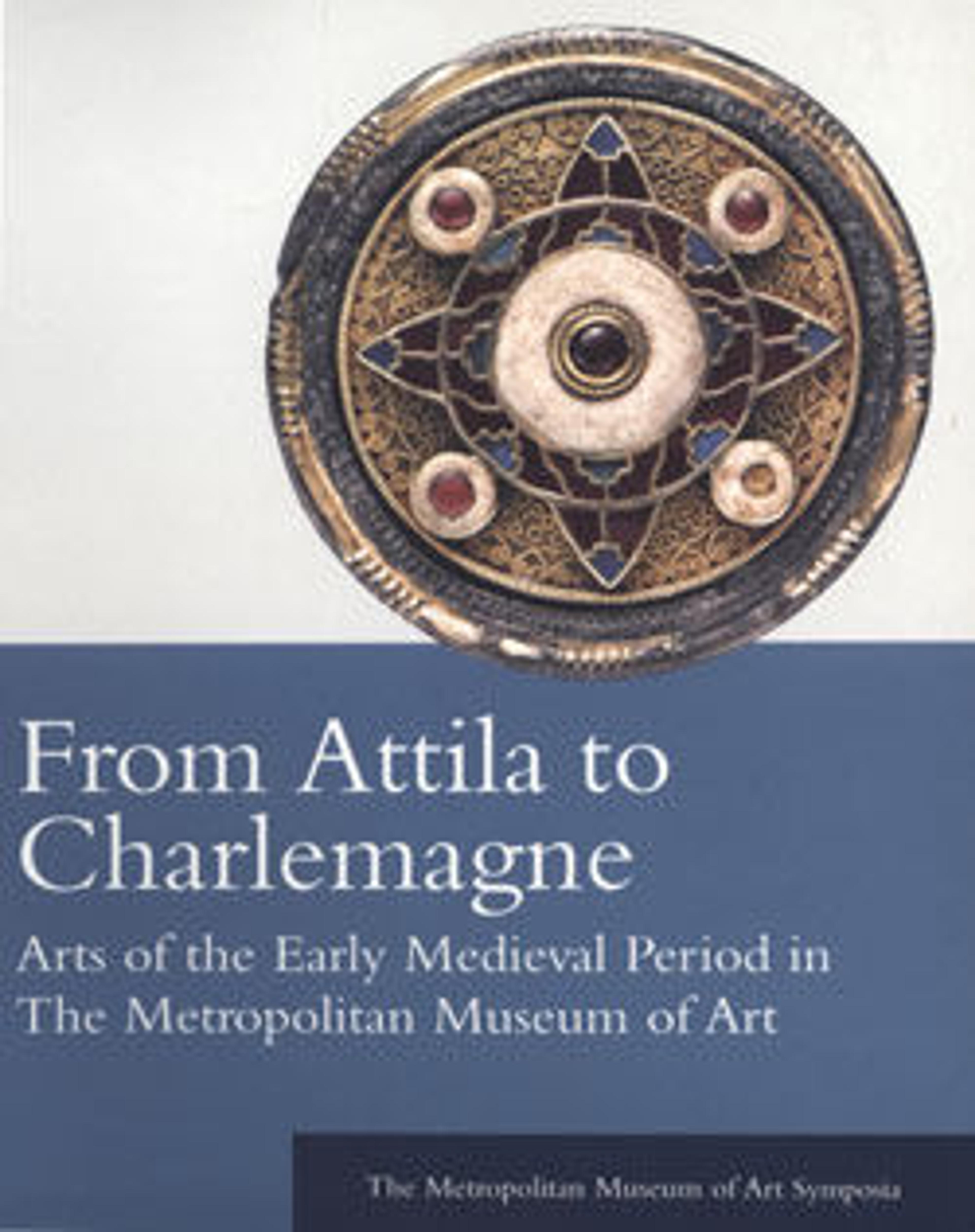Bracelet with Bust of Roma
Personifications, like this one of Rome, were creations of the classical world that remained popular in Byzantium.
This work was part of a hoard found at the base of the Capitoline Hill, the center of commercial activity in Rome even after the transfer of the imperial capital to Constantinople. The jewelry was probably hidden during the sack of Rome by the Visigoths in 410 or the Vandals in 455.
This work was part of a hoard found at the base of the Capitoline Hill, the center of commercial activity in Rome even after the transfer of the imperial capital to Constantinople. The jewelry was probably hidden during the sack of Rome by the Visigoths in 410 or the Vandals in 455.
Artwork Details
- Title: Bracelet with Bust of Roma
- Date: 400–450
- Geography: Made in Rome
- Culture: Byzantine
- Medium: Gold
- Dimensions: Overall: 1 5/8 x 2 3/16 x 2 11/16 x 1 3/4 in. (4.2 x 5.5 x 6.9 x 4.4 cm)
Bezel: 1 5/8 x 1/4 in. (4.2 x 0.6 cm)
braided wire: 5 11/16 x 3/16 x 5/16 in. (14.5 x 0.5 x 0.8 cm) - Classification: Metalwork-Gold
- Credit Line: Gift of J. Pierpont Morgan, 1917
- Object Number: 17.190.2053
- Curatorial Department: Medieval Art and The Cloisters
More Artwork
Research Resources
The Met provides unparalleled resources for research and welcomes an international community of students and scholars. The Met's Open Access API is where creators and researchers can connect to the The Met collection. Open Access data and public domain images are available for unrestricted commercial and noncommercial use without permission or fee.
To request images under copyright and other restrictions, please use this Image Request form.
Feedback
We continue to research and examine historical and cultural context for objects in The Met collection. If you have comments or questions about this object record, please contact us using the form below. The Museum looks forward to receiving your comments.
